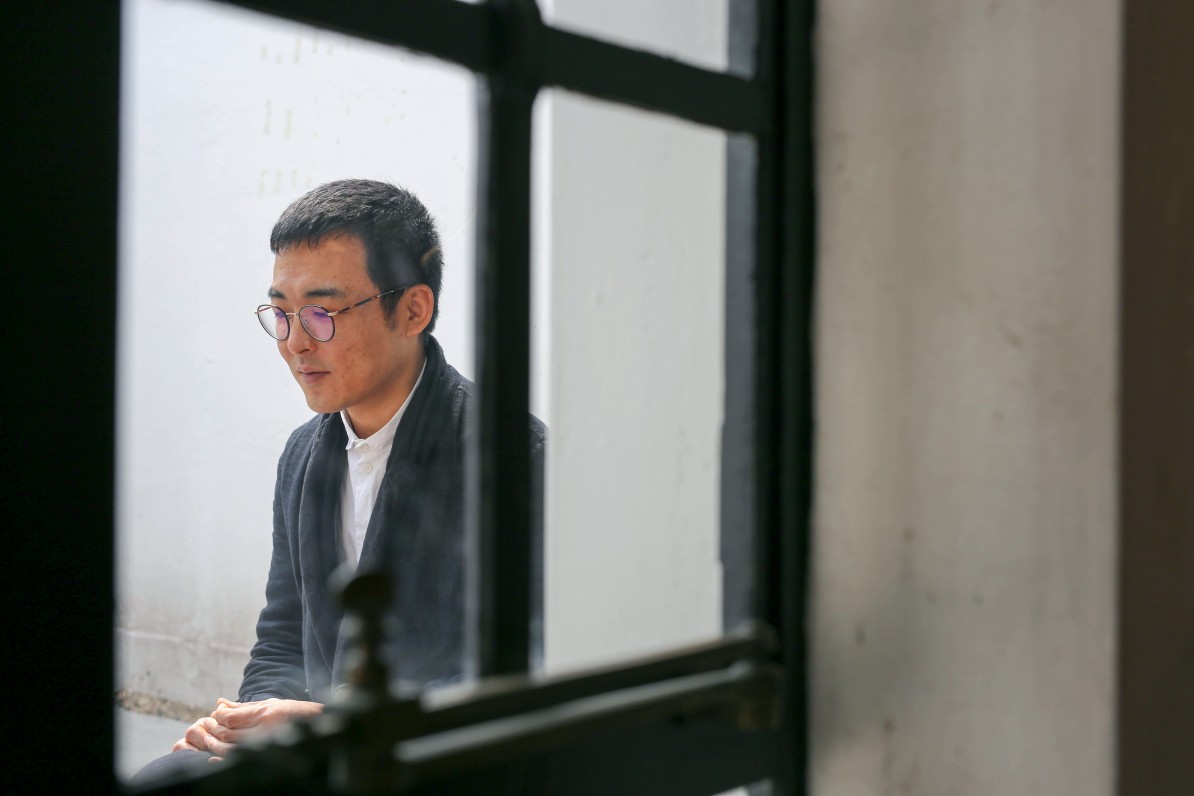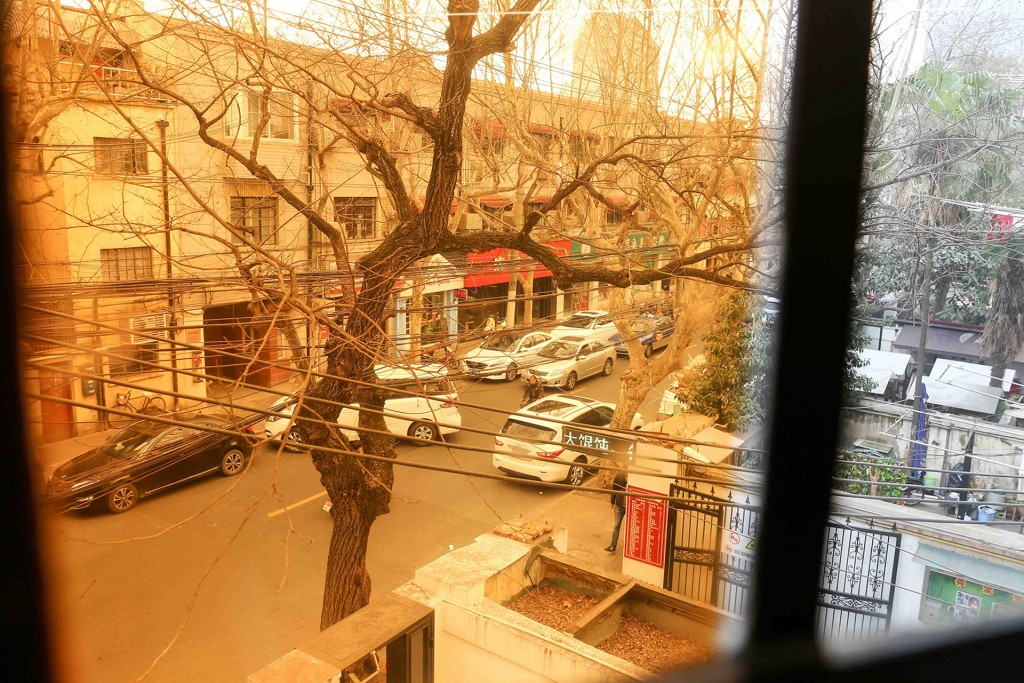When you talk about Chinese fashion, the first thing that comes to mind is Dong Liang— the pioneer of select shop in China which showcase local up-and-coming fashion design. In a time when everyone else was following Western fashion houses, Dong Liang strived to discover local designers with great potential—helping them sell, promote and even step onto the international stage. As one of the founders of Dong Liang, Nan Lang used to be a graphic designer and founded Dong Liang in Beijing by chance. From the beginning, he was in charge of creating the brand’s design, image and also the shop’s interior and visual displays. This time, we met with Nan Lang in Shanghai, not to talk about fashion, but to talk about the story behind his old house in Shanghai and his life as Dong Liang continues to expand and grow.
Nan Lang looks like a very serious person. Even when he’s talking, when he’s working in the stores, nobody dares to talk to him, some are even afraid of him. This time, we met up in Dong Liang’s latest Shanghai store in Chang-Le Road, where the fashion house occupies an old, whole story house. As soon as he walks into the store, Nan Lang heads toward the kitchen and starts making coffee for us while chatting the whole time. Then he moves a couple chairs into the garden, sits under the warm sunlight and starts talking about the house itself.
Written and Photographs by Kat Leung
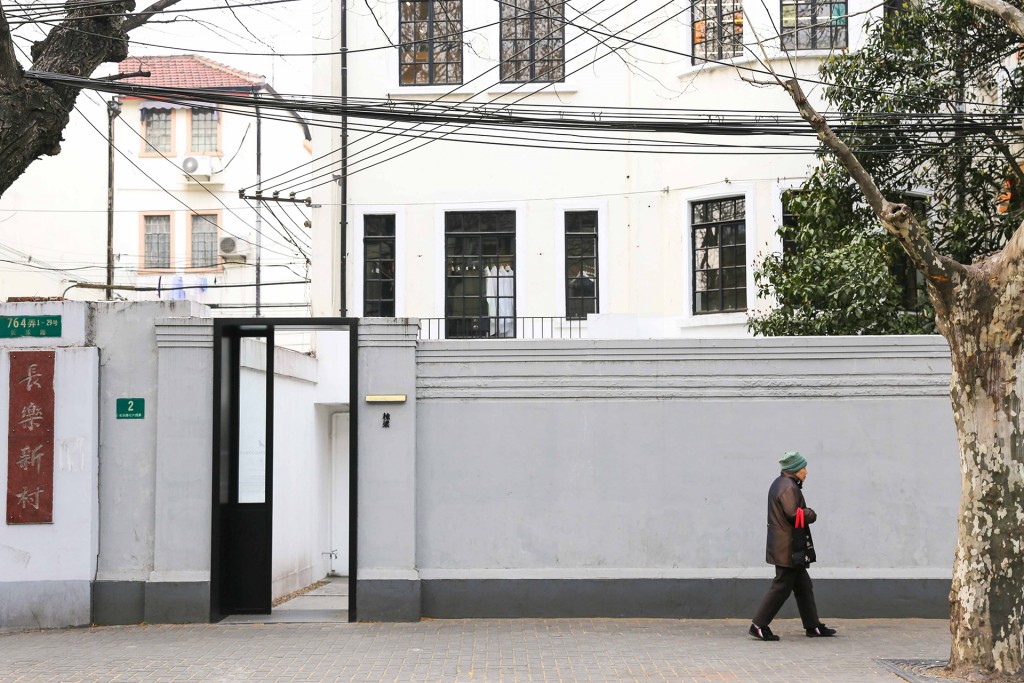
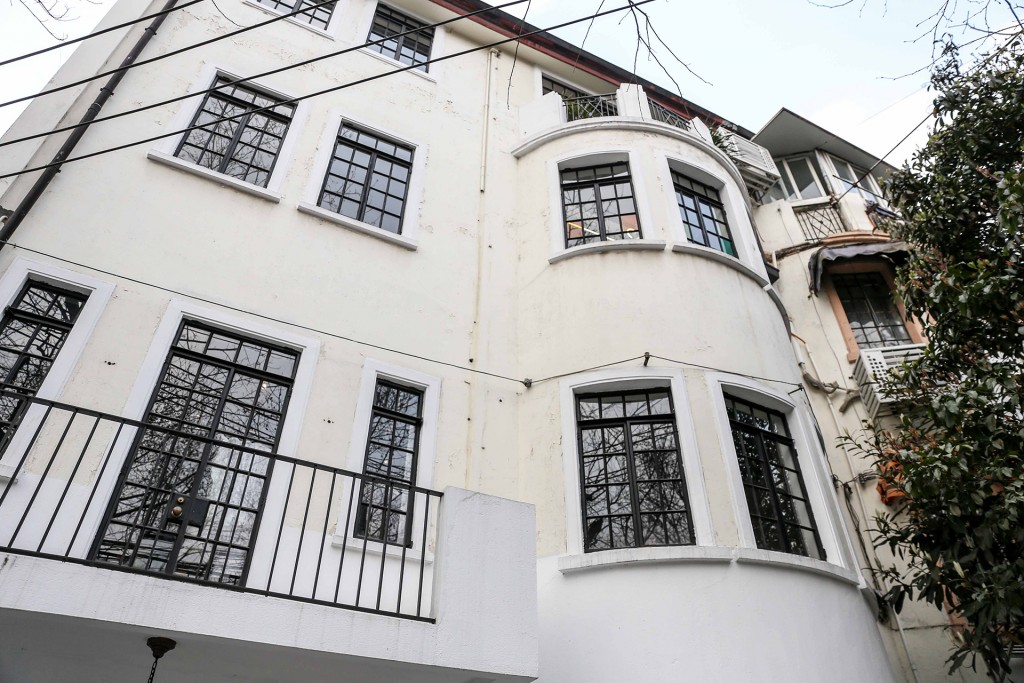
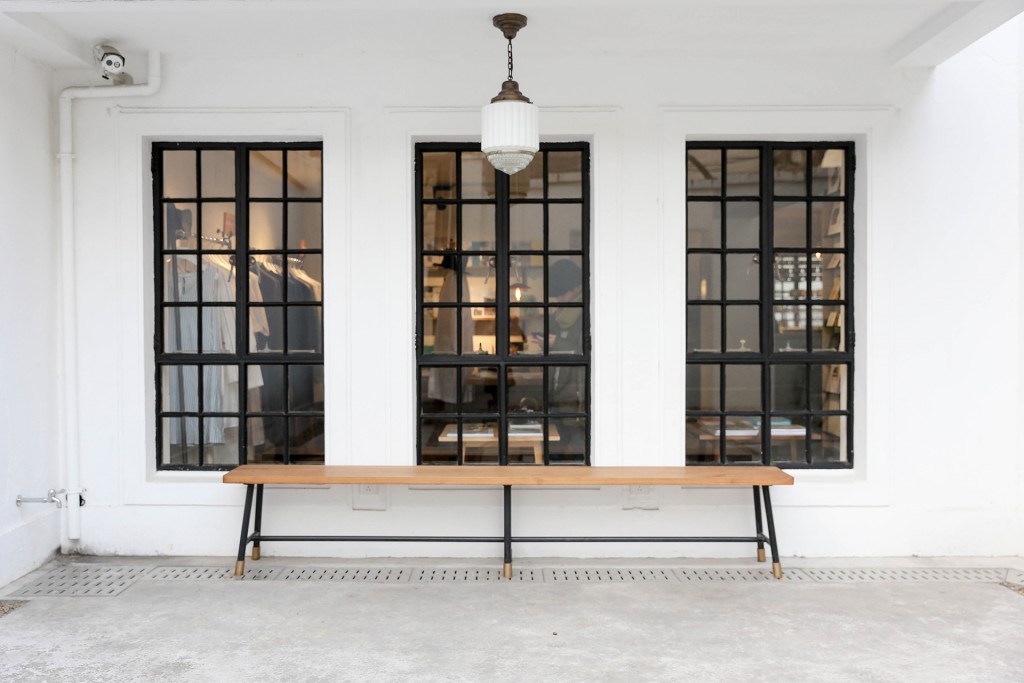
“If you took everything down to its bare walls, there wouldn’t be much to see. This is a house built in the 1920’s, it’s been here so long, I can’t destroy that.”
This beautiful old house situated in Shanghai’s French concession area, actually took Nan Lang a lot of time to restore. “It used to just be an old ridden house that was in pretty bad shape. The first two floors used to be a local restaurant but the walls cracked open, was really damp and even had mites in it. I kept worrying about the whole structure. So we kept reinforcing the structure as we took down some parts. We spent a long time fixing it up.” He has a particular fondness of old houses and did his best to use materials best suited for the house. They restored the building to its former glory while taking local circumstances into consideration and respecting the environment. “If you took everything down to its bare walls, there wouldn’t be much to see. This is a house built in the 1920’s, it’s been here so long, I can’t destroy that.” Not only did he restore the old house, he also fixed places like the sewage ditches surrounding the house. “The road outside has been flooding ever more seriously these past few years. Water has been flooding into the house. So the owner was over the moon when she saw how much effort we put into fixing this place up. He even brought his good friends to the opening and explained to them all the things I’ve done to the place. He was really happy.”
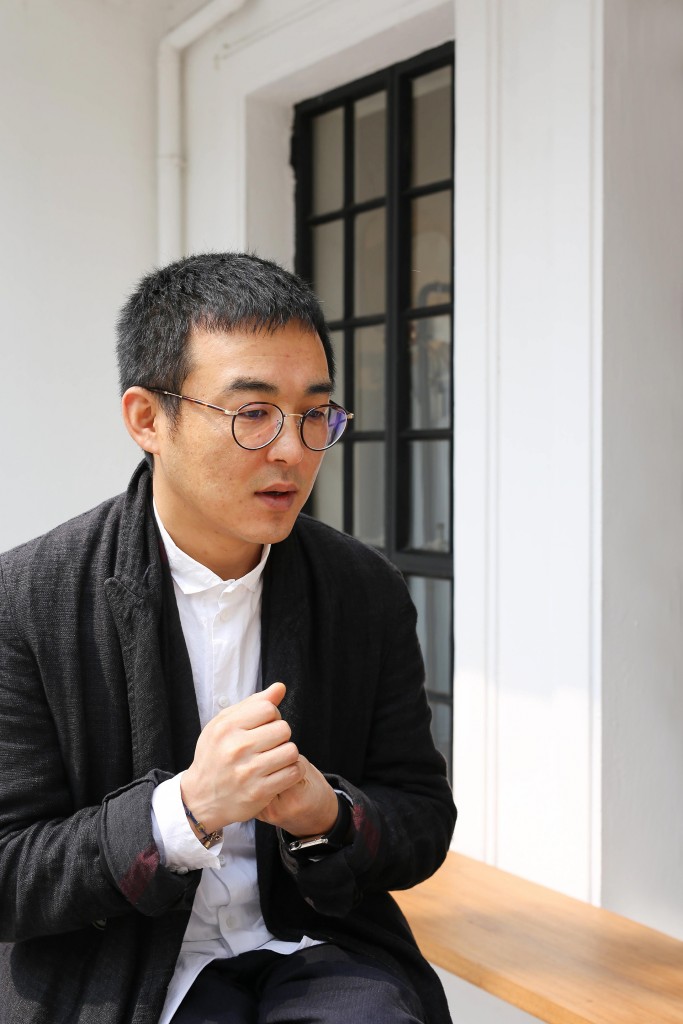
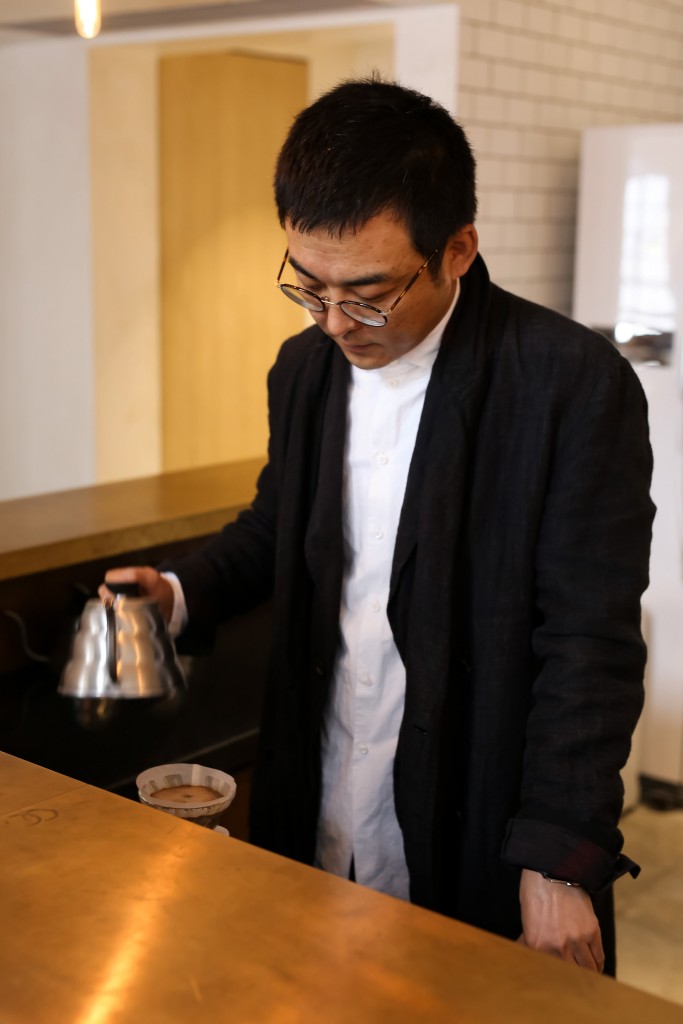
“The fashion we continue to advocate, isn’t simply luxurious, they’re practical—clothes that you can wear for a long time.”
Although Dong Liang is China’s first local fashion designer select shop, the interior design doesn’t emit the usual extravagance and vanity you’d expect from a high-end fashion boutique; instead, it resembles Nan Lang’s personality—practical and heart-warming. “The display designs I help create are actually my personal preferences, it just so happens that Dong Liang also likes the same style. The fashion we continue to advocate, isn’t simply luxurious, they’re practical—clothes that you can wear for a long time. Although the prices are still a bit expensive, haha, at least we hope it’s more down to earth.”
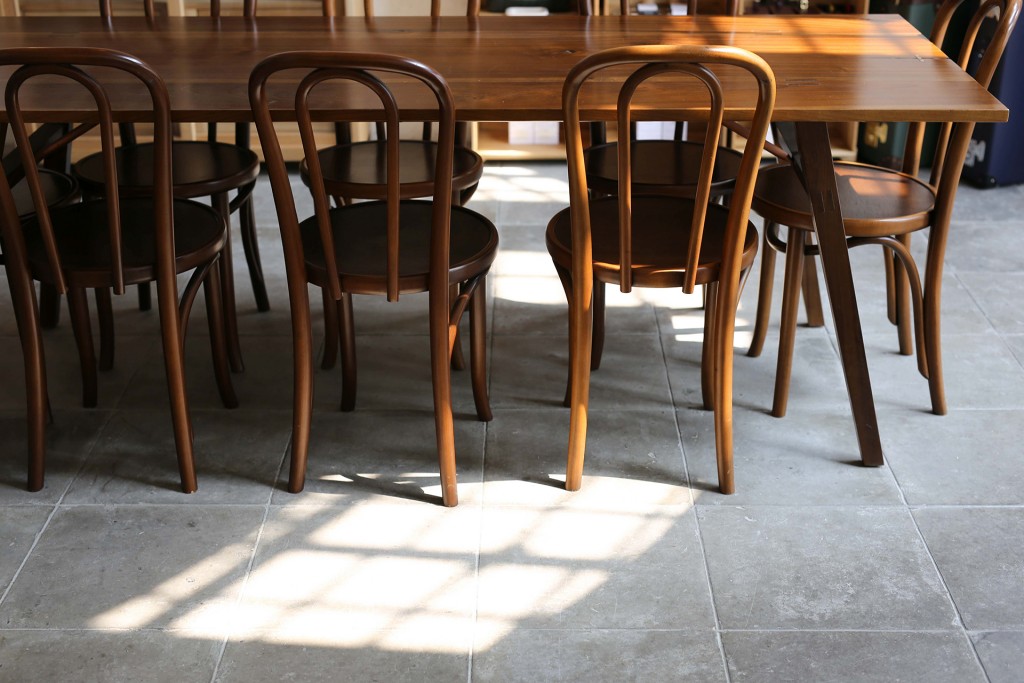
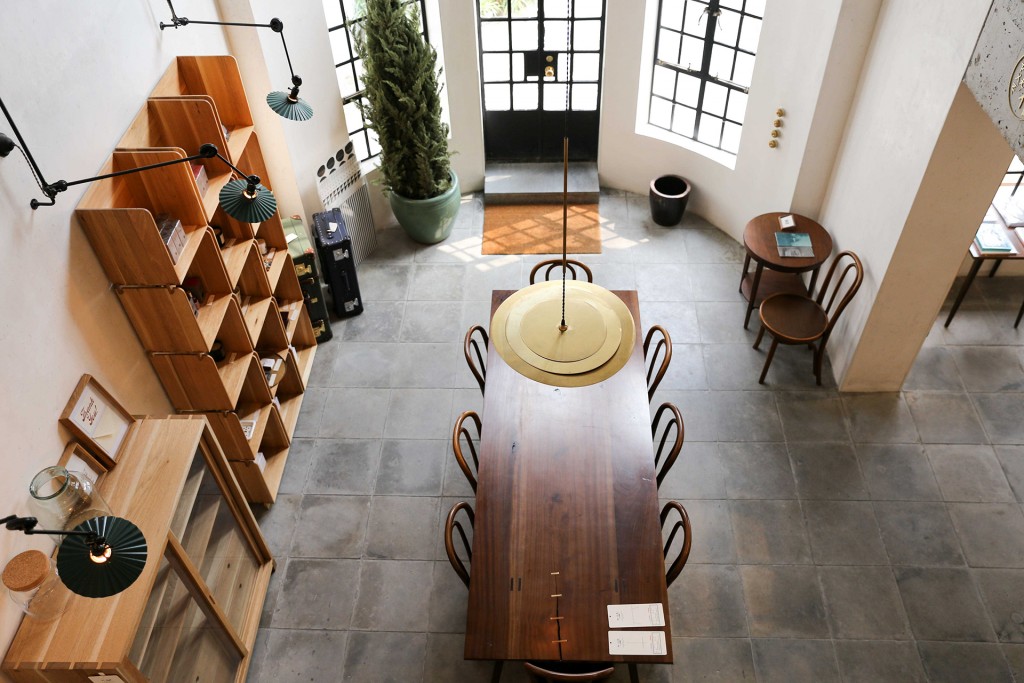
The first floor is a perfect example of Nan Lang’s idea: the large tables you see as soon as you enter the store is where the coffee shop is; on the left you have a few homeware products, magazines, and a few fashion brands. “Coffee is my personal hobby. I like to drink coffee, so I wanted to open a café and share good coffee with people. But we didn’t expect so many people to come just for the coffee, some people even started playing cards in the store, they didn’t show any interest in the clothes, so in the end, we decided to stop that part of the business, since we’re not really coffee experts anyway—now, the area is just a small corner where our customers or friends can take a seat and have a cup of coffee.”
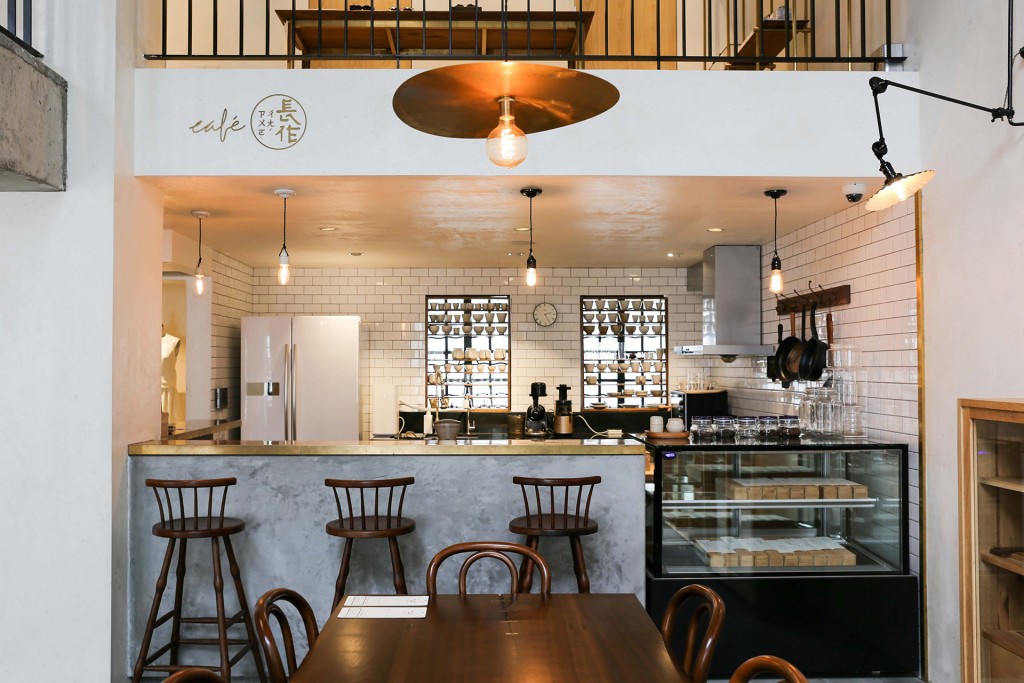
“We want to be a pillar that introduces consumers to works created by Chinese designers.”
The story behind establishing Dong Liang is one that is familiar to most in China’s creative and fashion circle. Three youngsters without any experience in the fashion industry started off with a tiny shop in Beijing in 2009 and expanded to having four large store fronts in Beijing and Shanghai. The name Dong Liang was the name of Nan Lang’s own studio, which he established in 2004. They planned to open a café in Beijing at the time, but because there wasn’t enough space, they ended up opening a tiny fashion boutique. They couldn’t come up with a better name, so they decided to keep using the studio’s name. “Later on we figured it was a suitable name for us because we wanted to be the pillar that introduces consumers to the clothes design by Chinese designers.”
“Even though we have such a big store as Dong Liang, I’m still a designer, so I still want to focus on creativity.”
Without connections in the fashion industry, they had to play by the ear; even though they’ve achieved success now, Nan Lang still believes he is merely a designer. “Someone once told me, whether it’s spaces or graphics, designing is still designing. I couldn’t understand what he meant at the time, but when I started making furniture and designing interior spaces, it felt as if everything connected.” Design has no boundaries, only different starting points. “I really like that process. If you asked me to manage sales and the store, I’d still do it, I just know that I won’t enjoy the process much, because I’d get tired of the job. I told my partners that I still had the desire to create. Even though we have such a big store as Dong Liang, I’m still a designer, so I still want to focus on creativity.”
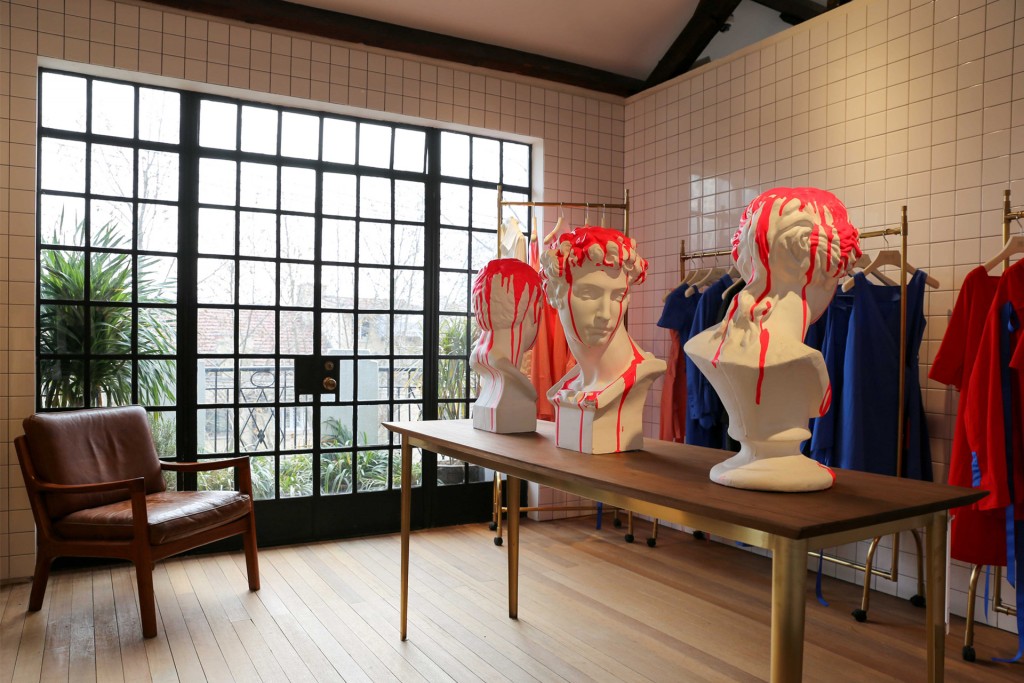
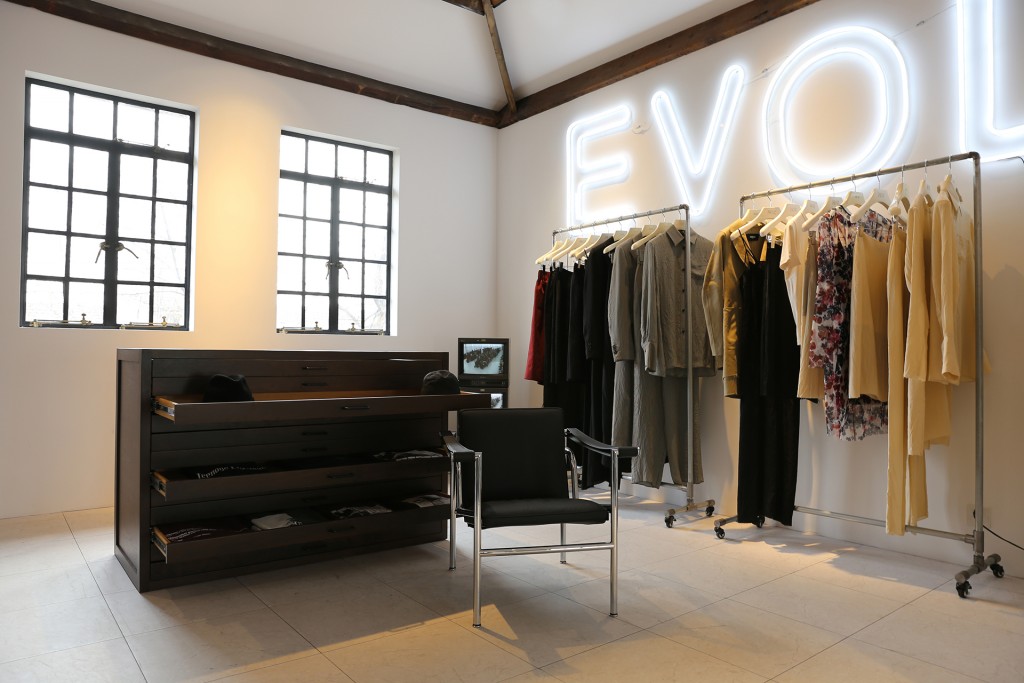
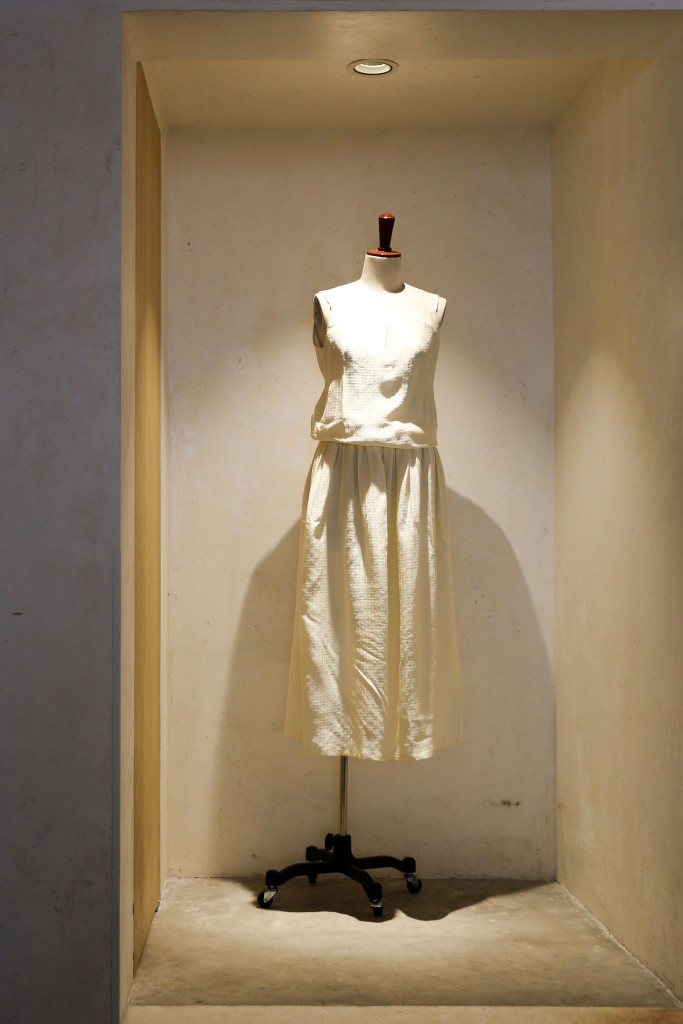
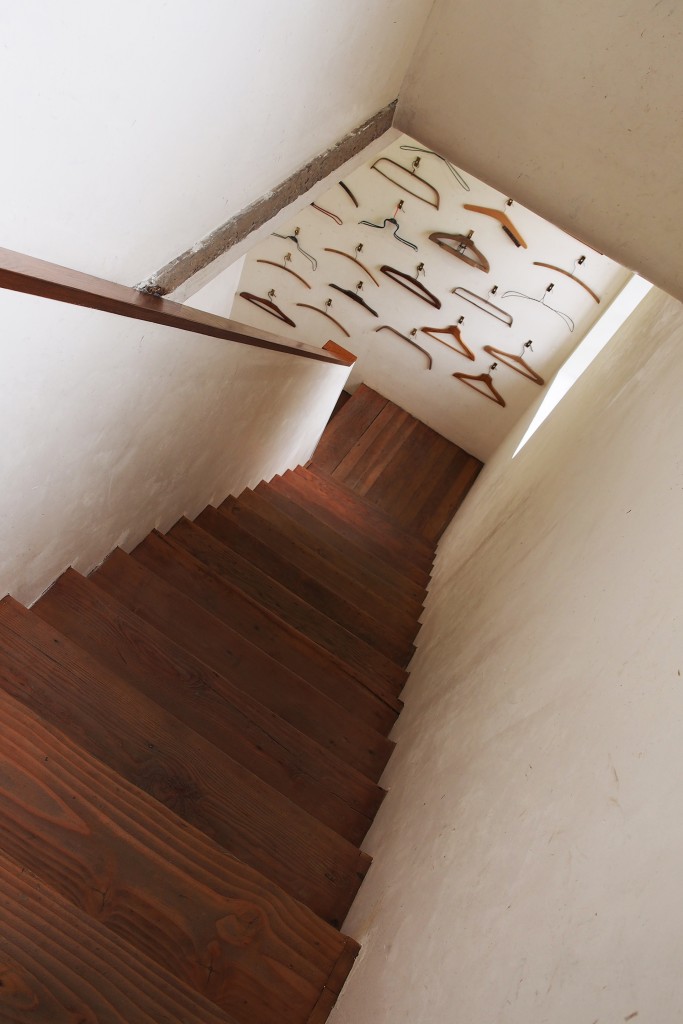
“Shanghai appears to be a shining and glamorous metropolis, but you can still see a lot of the reality in the city’s nooks and crannies.”
Fashion mixed with Shanghai sounds like a charming and luxurious combination. But it’s hard to sense it from Nan Lang—he doesn’t talk much, but every word he utters is warm and genuine. He says he likes quiet places and spends most of his time thinking. “Our work is fast paced. You don’t get a lot of time to slow down and think about things. Other people think I’m very serious and are a bit afraid of me, but that’s what I’m like when I’m working, I don’t like to be interrupted.” So once he gets home and changes his clothes, he’s changed into another state. He doesn’t work at home much and enjoys spending time with his cat and dog. He didn’t hire a cleaning lady either, instead, he enjoys tidying up his own house.
In Shanghai, he doesn’t have many good friends he can chat with, so he rarely socializes; he doesn’t care much about food, but he’s vegetarian. He cares about the clothes he wears, he doesn’t drive, doesn’t take taxis and mostly walks whenever he can. “Shanghai is great for walking.” To him, Shanghai is a place suitable for living. “Beijing is my second hometown. But physically, the distance between all places is still too far. It’s a bit rougher. The first time I came to Shanghai and saw the old houses and the people living in the little streets and alleyways, I immediately liked the place. Shanghai appears to be a shining and glamorous metropolis, but you can still see a lot of the reality in the city’s nooks and crannies.”
“The opposite of calm is chaos. You have to plan things
out to achieve calmness. It’s only achievable under
restricted circumstances.”
From Beijing to Shanghai, from a one-man team to the pillar in China’s fashion industry; now that he has a comfortable home and a job he created himself, we asked him whether this is his ideal life: “Not yet. My ideal state is being calm. Calm and at ease, psychologically fulfilled. The opposite of calm is chaos. You have to plan things out to achieve calmness. It’s only achievable under restricted circumstances. For example, the things in my house are always placed in the same spot. If I had to spend my day finding all sorts of things, dealing with problems or chaos, I wouldn’t be able to stay calm.” We can imagine Nan Lang’s home to be tidy and clean, just like the displays in his stores. “I see other people’s houses in magazines looking kind of messy, but I like that too. I just can’t bring myself to do that. Probably because I have a compulsion; it’s pretty hard for me to make a space messy, haha, it’s even harder to achieve that messy but nice look.”
“Everyone is subject to the influence of our environment. So how do we keep that calmness in our hearts while living in a city? You can’t control how the environment changes, so you need to sift through it, avoid some influences and learn what peace and quiet is.”
It’s no surprise that Nan Lang likes Kyoto. “There’s old stuff there and everything is clean and orderly. Kyoto people know how to live. The more I visit, the more I’m convinced that it’s my hometown. Haha.” But in Shanghai, he still tries to find a lifestyle he likes. “We can’t go against the tide. I don’t really understand if those people who pretend to be calm and at ease, wearing their long, flowing traditional garments, floating about in the city, are they real or not? Or are they just living in their own world?”
Everyone is subject to the influence of our environment. So how do we keep that calmness in our hearts while living in a city? “You can’t control how the environment changes, so you need to sift through it, avoid some influences and learn what peace and quiet is. I don’t go out much, nor do I drink much. Because it’s hard to turn back to your inner heart after you enter such an impetuous state. You end up straying further away.” But Nan Lang admits, he’s just starting on this path to achieve the state of ease, he hasn’t reached his ideal state yet. “My life isn’t very routine. I go to sleep pretty late and wake up pretty late. If you’ve been a designer working for an ad company, nighttime is when you feel most comfortable working and feeling inspired.”
You can see ease in Nan Lang, you can also see ease in Dong Liang. In a fast-changing China, with Dong Liang’s fame and vision, they could’ve easily expanded their empire. But eight years after establishing the brand, they’ve only opened four stores. They are quietly holding down their fort, doing what they want to do. The world continues to change and there’s always something fun and new on Taobao and Weixin. But focusing on one’s initial goals and maintaining one’s purest heart is the hardest part. “The reaction, encouragement, and confidence we’ve receive from people prove that my original goals are still the same—I’m still making practical fashion, letting people experience warm and comfortable designs.” Nan Lang knows his business is still on its way, but he still sticks to his principles. While Dong Liang continues to look for new designers, they also hope to help young designers. “Designers nowadays follow trends quite easily. They’re doing this style during this season, but following another trend in the next. I want to do my part and hold down the front for them, so that they can be true to themselves, maintain their style and steady their way.”
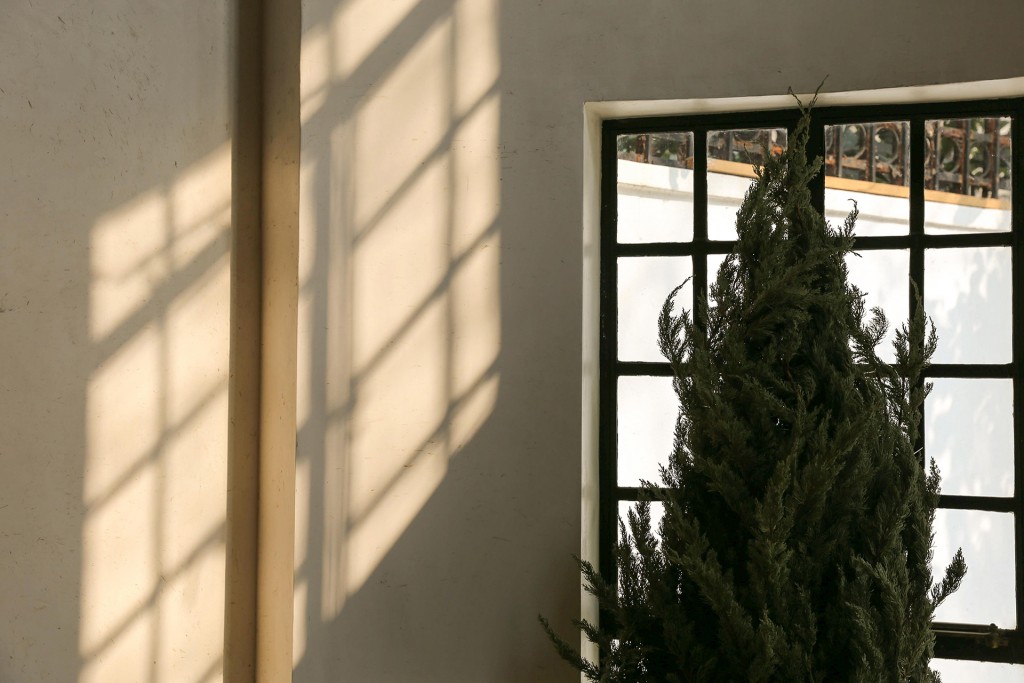
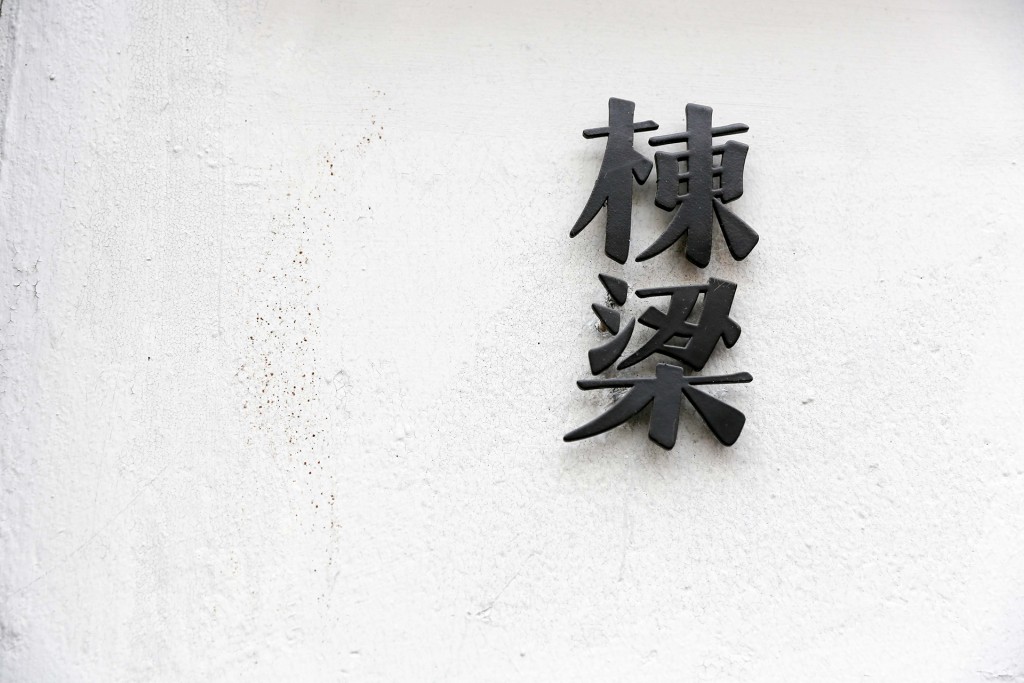
To Nan Lang, the future belongs to young people. He hopes that Dong Liang can have younger consumers and even carry brands that college students can afford. He wants to give them a different perspective on Chinese fashion. Slowly and surely, it may take a lot of time—but if you hold onto your initial intentions, do things that gain the respect of others and cultivate talented people, you will eventually shine through.
